|
Lisbon is a cultural and historical city full of sights to see, people to meet and delicious delicacies to savour. Add to this Mediterranean sunshine guaranteed for the best part of the year, and it's the ultimate destination for a winning weekend. Portugal’s capital coastal city is built on a bustling range of districts from the cobbled streets of Alfama to the hip Baixa and historical Belem, with many design and architectural attractions to visit. I spent a jam-packed 24 hours in Lisbon and enjoyed every minute walking and wheeling around the city and taking in historical and cultural tours. There is a lot to see and do, so allow a few days to get under the skin of this great city and all it has to offer. Thankfully, the city is very safe, which put me at ease being a single, female traveller. Where to start The City’s Central square, Praça do Comèrcio is a great base for exploring the local area on foot but if you don't feel up to walking, you can take one of the many trams that run the length and breadth of the city. I started my morning stroll with a coffee and pasteleria from A Padaria, which has a mouthwatering selection of sweet and savoury treats on offer - perfect to whet your appetite before a morning of exploration. From here you can catch the Tram 28, probably the most famous moving tour in Lisbon. This vintage yellow tram connects Martim Moniz with Campo Ourique, and is a great way to sit back and enjoy the cobbled streets and back alleys while observing the quaint, beautiful homes of Alfama while exploring the other popular districts of Estrela, Baixa, Alfama and Graca. After a morning of exploration, I ventured to Castelo de S. Jorge, a historic castle in the heart of Alfama that dates back to 8th century BC, just one of Lisbon’s many historic traditional sights to visit. Walking around Lisbon is definitely hunger inducing, so I took up a recommendation from my Air B&B host and headed to one of Lisbon's famous fish restaurants, Ramiro’s, where I enjoyed a simple feast of garlic prawns, a platter of Manchego cheese, freshly baked bread slathered in garlic and a local beer - a feast fit for a queen. The dishes on offer vary from simple fish dishes to outlandish seafood platters, ensuring there's something for everyone to enjoy. New experiences When I visit a new destination I like to experience new activities to immerse myself in the culture, so as a budding 'wanna be chef', the Pastel de Nata Workshop at family-run bakery, Pastelaria Batalha was right up my street. One of the only cooking classes in Lisbon where you get to learn to make pastries first-hand, this fun-filled class led by owner Joao, was fantastic. After watching a pastry making demonstration, we tried our hand at preparing delicious pastries from scratch. We made three tarts using the specific Pastel de Nata technique, which resulted in the most scrumptious Pastel's I’ve ever tasted, but I may be slightly biased! Old cultural traditions Lisbon is a city bursting with culture and authenticity. If you're looking for a unique entertainment experience, ensure you enjoy Fado during your visit. This melancholic and expressive form of singing, which originated in Portugal around the 1820s, is often performed in pubs in cafes throughout Lisbon. During my visit, I was delighted to be invited to the Casa De Fada where the wonderful Lay Duarte and Catarina Escandeias performed traditional Fado tales from years gone by as I tucked into a traditional Portugese meal. The singing was hauntingly beautiful and transported me to an age of years gone by when local fishermen would venture out to sea while the women stayed home waiting for their return. Getting around
The city centre is only 20 minutes from the airport and thanks to multiple transport options (tram, metro, buses or Uber) it's relatively easy to get around. On my final morning, I booked Miguel's cycle tour of Lisbon, which was hands down the best 8 euros I spent that weekend and one of the most effective ways to see the city. Leading the group on his trusty two-wheeled steed, Miguel imparted his impressive bank of knowledge of all things Lisbon related, while pointing out the many sights including: Jerónimos Monastery, a 16th century masterpiece; Belém Tower; and the Discovery Monument, along with its expansive views of the Tagus River. In addition to historical sights, we also visited the trendiest spots to shop and eat – Lx Factory, Time Out Market and Pink Street, the M.A.A.T. and the Museum of Art. After my whirlwind visit, I felt content that I had taken in as much as possible in a short amount of time and I'm sure it won't be long before the city's charms lure me back again. Rosanna Head
0 Comments
We’re on the ground floor of the Anantara Vilamoura learning how to make objects out of bamboo - clips with which to seal bags or hold cards, a magic toy, a bird caller, all demonstrated by a wonderfully warm and vibrant woman who’s been creating such things since childhood. Even if I didn’t love crafting, I’d be relieved for the break it’s providing in what seems an endless cycle of eating. The Anantara does several things exceptionally well, but I’m certain that their preoccupation with fantastic food is making the dent in my wonderfully comfortable bed appear deeper and deeper each morning. The vibe One of the hallmarks of the Anantara brand is a sense of place: the belief that an Anantara hotel must be inherently recognisable as such, while incorporating features distinct to its location. On the Algarve, the first Anantara hotel in Europe, this is translated into various design features: cork crafts and accessories are ubiquitous in the area and in the bedrooms the remote controls were cunningly concealed in cork wallets. The breakfast buffet was even more appealing thanks to local Porches pottery, and in the common areas the upholstery mirrors the designs of azulejos (traditional ceramic tiles). And of course, one can’t forget the gloriously emotive Fado singers who perform in the lobby on Friday and Saturday nights. The cuisine – The Anantara Spice Spoons experience When it comes to food, the focus on what’s indigenous is omnipresent; every meal uses local produce and flavours to create an experience that’s truly a feast for the senses. As we marvel over the array of colours and textures at one such lunch, a staff member proudly tells us, “Here, you eat also with your eyes.” Swaddled in the luxury of the resort, it’s easy to feel a little distanced from the real world, which is one of the reasons why the Anantara Spice Spoons experience, which I’ve previously enjoyed in Sri Lanka, is such a popular component of the brand’s offering. Available to guests in every Anantara resort, it allows you to fully immerse yourself in your meal’s journey, if not quite from field to fork, then at least from stall to stomach, providing what appears on the table in front of you at each meal with some form of a backstory. Accompanied by chef Luis Cristina on Saturday morning, we’re driven to Loulé, a traditional town located a 15-20-minute drive from the resort. It’s market day and the array of goods on offer is incredible: tomatoes as big as your head, dried fruits looking too succulent to merit the term ‘dried’, locally crafted beers, liqueurs and wines in bottles as tempting as their contents, and honey in so many flavours, forms and sizes that you’re almost drowning in sweetness just looking at them. There’s a genuine sense of camaraderie at play here, with customers and stallholders greeting each other cheerfully, readily offering samples and tasters, while, out on the street, leisurely tables full of locals are taking a coffee and enjoying the mild winter sun. It’s perhaps a measure of the market’s authenticity that we run into Bruno Viegas, Vilamoura Anantara's executive chef, at the fish stall, buying provisions for his day off at home with family. It would be all too easy to spend hours here. Deep in the corner of the covered market, an old man with a wild beard holds court, sharpening knives for his clients. Butchers, whose quarters are necessarily in rooms lining the building’s perimeter, offer tantalising glimpses of sharp metal and bloody flesh. Even the seemingly ‘ordinary’ fruit and vegetable stores offer up exotic rich purple jewels; the fig-like fruits of the cactus plant. Provisions purchased, we make our way back to the resort for our Spice Spoons cooking lesson where, armed with glasses of sparkling wine we watch - and occasionally assist - the chef in preparing an incredible lunch. Local bread - pão Alentejano - is rubbed with a whole chorizo, which has been heated to release its flavoursome fats, before being cut and set atop the moistened slices. The sea bass we bought is filleted in front of us as we peel prawns, and placed in a type of sealable pan, called a cataplana (its lovely beaten copper appearance has me sold even before I eat its eventual contents) along with potatoes and a pre-prepared sauce of tomatoes, garlic, onion, peppers and herbs. After being sealed and placed in the oven, it is finally opened, in a cloud of steam and scent, at the table in front of us: a simple but utterly delicious main. Meanwhile, long grain rice has been simmering alongside a slowly warming mixture of cream and milk infused with cinnamon and lemon to create, with the addition of egg yolk and sugar, the most ridiculously amazing rice pudding imaginable. It’s eventually served to us cold - with a liberal sprinkling of cinnamon on top - but we can’t resist sampling it warm, before we’ve even sat down for our meal: both are sensational, but the pre-chilled version is really something else. In a few days of great food, it’s telling that we’re still talking about this one days later - even more so when half of our group, including me, admits to usually ‘hating rice pudding’. Dining by Design Dining by Design is another Anantara-wide culinary journey to be experienced, although for this one your involvement is very much that of a guest, with a specially created menu - along with accompanying wines - served to you in one of the resort’s private spaces which, depending on the weather, may range from poolside to the Presidential Suite. Each course - in our case, from a toothsome King Prawn served with a green pea texture, to turbot atop a surprise-for-the-senses curry of sweet potato - is presented and explained, as is the paired wine. EMO restaurant Wine is key, also, to the offering at EMO, the resort’s sleek restaurant. At around 350 wines, the list is relatively petite compared to similarly upmarket restaurants but chosen with meticulous care to complement the local flavours - each of which is given a twist with contemporary flair - that the menu celebrates. We feasted on quail in vinaigrette, spicy corn soup and black pork tenderloin with lemon grass, before declaring ourselves too full for dessert, a thought that rapidly evaporated when presented with a confection of citrusy meringue and lemongrass. Relax and unwind with any array of activities Warm winter sunshine, with temperatures of around 17 degrees, meant that time in the heated outdoor pool could be enjoyed each morning. Inside, the spa’s indoor pool and range of treatments provided a sanctuary which, given how cosseted we already were, was not needed, but very welcomed anyway. Golf is central to the resort’s offering - the Victoria course, which is visible from a large number of the bedrooms, plays host to the Portugal Masters each year and there’s an on-site valet to take you to the fairway. Craving some beach time? The hotel shuttle will speed you to sister resort Tivoli Marina: here, at its Puro beach bar, you can soak up the wide sands and impressive waves of the Algarve, with a cocktail - the Pompidou is as deliciously pretty as it is delicious - in hand. Back at the resort, the cocktail of choice is the 1755 - a heady concoction of gin, triple sec, apple juice and lime juice, infused with basil, ginger and cinnamon - that has me craving another, unfeasibly hot on the heels of the first. When I try injecting a modicum of good sense into the evening by pacing my drinking with some chit-chat, the bartender tells me that the drink’s name is a tribute to the earthquake of the same year, which caused the city of Lisbon to be virtually destroyed and claimed the lives of around 60,000 people in the capital alone. There’s not, as far as I know, any link between the disaster and the rise of Fado (the word itself means fate and is characterised by melancholy and a sense of the course of life running counter to one’s desires) but when the performers emerge that evening, their mournful tones make my spine tingle. The details Anantara Vilamoura nightly rates start at £223 / €255 in a Deluxe Double room for two persons on a B&B basis with VAT included. Victoria Gardens Av. dos Descobrimentos nº 0, 8125-309 Vilamoura, Portugal vilamoura.anantara.com A summary of our stay at Anantara Vilamoura
Mountains, markets and Michelin menus
A visually stunning sub-tropical gem lapped by a steely blue Atlantic Ocean, Madeira is an alluring destination. An island textured by dramatic volcanic peaks and blankets of verdant woodland, this remote Portuguese outpost is closer to Morocco than to Lisbon.
Benefitting from a mild-mannered climate, Madeira’s agreeable disposition and picture-postcard looks make it a favourite holiday haunt for many. Indeed, the territory was named World’s Leading Island Destination 2015 at the World Travel Awards.
Dining with the stars
Lured by this glowing endorsement, my arrival in Madeira coincided with the inauguration of a prestigious annual gourmet food festival, the Rota das Estrelas. Translating as the Stars Route, the festival is named for the cache of Michelin-starred chefs invited to take part in Portugal’s premier gastronomic event. The venue was The Cliff Bay – a swanky five-star hotel property perched on a bluff overlooking Funchal, Madeira’s spruce, oceanfront capital. The Cliff Bay has kick-started Rota das Estrelas since its inception in 2010, where the stage is the hotel’s Il Gallo d’Oro restaurant. Host chef Benoît Sinthon is himself a proud recipient of a coveted star.
The festival’s concept is simple. Rather than sitting down to a meal prepared by a single chef, guests can savour a menu degustation designed by a Michelin ensemble, with all the different colours, flavours and finesse that entails.
Over five days in February, those fortunate enough to have secured a reservation were treated to signature cuisine prepared by some truly remarkable chefs, maestros like the Dutch trio Michael van der Kroft, Erik van Loo and Richard van Oostenbrugge, all of them two-star veterans, and Austrians Hans Neuner and Dieter Koschina, also double star kitchen wizards who both in fact work in Portugal.
I was there for the curtain raiser, the first-night Kitchen Alive event. This was styled as a walking dinner, a subliminal buffet spread set over the hotel’s lower lobby, garden floor and Il Gallo d’Oro. It was an extraordinary example of elite show cooking, a culinary tour de force with 30-odd food and wine stations set across the floor where guests could watch the chefs at work before sampling the fruits of their labour. The vibe was delightfully al fresco, the banter light-hearted and friendly.
The deliciously creative plates offered up by each chef and his team not only demonstrated culinary ingenuity and flawless technique, it underlined why Madeira is so highly regarded for its variety of foodstuffs. Not for nothing is it dubbed the “garden isle”.
For Benoît Sinthon, working in Madeira hands the Frenchman a veritable crop of natural produce, ingredients he has enthusiastically incorporated into much of his cooking.
“I never cease to be amazed by the bounty our island and the seas around her provide,” he writes in a recently published book that highlights his dishes inspired by traditional Madeiran gastronomy. And nowhere on the island is this rich culinary heritage better represented than at Funchal’s Mercado das Estrelas.
Local flavour
A veritable paradise for food lovers, the fabulously chaotic and vibrant ‘Farmers’ Market’ is a brilliantly coloured kaleidoscope of tropical fruit and vegetables, exotic flowers and the freshest of fish. I spent a good hour meandering my way through this extraordinary two-tier arcade, breathing in a rhapsody of aromas and eagerly accepting “tasters” – slithers of fruit handed out by vendors in an attempt to bag a sale. I tried the peculiar custard apple (anona), its creamy-white flesh banana-like in flavour with hints of pineapple. I loved the little red, shiny Brazilian cherries (pitangas) that were offered by a rotund and jolly lady whose grin would shame a Cheshire cat. And the Madeiran banana (banana prata), which is grown year-round on the island, was indeed the sweetest I’d ever tasted. Washing lines of dried chillies resembled flame-hued necklaces, while sprigs of pungent bay leaves (laurus) reminded me that the island’s forest of ancient laurels (laurisilva) is a cherished World Heritage Site.
One half of the arcade comprises a wonderful fish market, a banquet from the deep. The stalls here harbour a veritable seafood harvest, and popular buys include firm plump tuna steaks (bifes de atum) and the fearsome looking black scabbard fish (peixe espada preto) – think strands of liquorice with teeth! For a tasty treat, look for sea bream (pargo).
Benoît Sinthon is a regular customer at Mercado dos Lavradores, and his menus are designed around the high quality ingredients found there. And by way of introduction, he made a point of escorting his Michelin cohorts on a morning foray to stock Il Gallo d’Oro’s kitchen before the festival opened. One described the place as an “equatorial market” such was his surprise at the profusion of sub-tropical produce. My needs, however, were more humble. I snapped up bolo de mel, a rich spicy cake made from molasses and crammed with almonds, walnuts, assorted dried fruits and citrus zest. It’s a sweet speciality of Madeira and absolutely scrumptious! Another regional goodie is bolo do caco, bread made with wheat flour and sweet potato puree and shaped as a flat circular bap. I ordered mine hot and asked the baker for a lashing of garlic butter. I washed it down with a shot of sumo de cana de açucar – juice extracted from sugar cane laced with lemon and a generous measure of aguardente, the local firewater.
Wine and dine
Mention Madeira and the likely retort is ‘wine’. Indeed, the island is celebrated for its fortified tipple, a world-renowned drink that’s helped prop up the economy for over 300 years. The Kitchen Alive walking dinner afforded opportunities to sample several noble vintages – an intense, treacley-sweet Malmsey made a great impression, but then so did a rather pleasant Sercial with all its woody, savoury notes. For a true sense of place though, book a guided tour at the historic Blandy’s Wine Lodge in Funchal town centre.
The Kitchen Alive walking dinner afforded opportunities to sample several noble vintages – an intense, treacley-sweet Malmsey made a great impression, but then so did a rather pleasant Sercial with all its woody, savoury notes. For a true sense of place though, book a guided tour at the historic Blandy’s Wine Lodge in Funchal town centre.
Visit Madeira
Madeira is a year-round prospect with broad appeal. Usually regarded as an unhurried, genteel option where high tea and early nights prevail, the island has nevertheless come of age as an outstanding adventure tourism destination. Sure, a leisurely afternoon exploring any one of the rainbow-flecked and perfumed botanical gardens is still a highpoint for many. But for those with adrenaline running through their veins, canyoning a tumbling waterfall or mountain biking above the cloud line is the only way to live. And for others, it’s all about gastronomy. For the serious foodie, Madeira needs to be digested slowly. Without doubt, securing a table for Rota das Estrelas will introduce the palate to imaginative and sophisticated interpretations of Madeiran cuisine. But take time too to travel into the interior to places like Abrigo do Pastor for hearty homemade fare.
And if after the market you’re still searching for that last-minute souvenir for the stomach, pop along to the old-fashioned Fábrica Santo António in Funchal and stock up on crunchy ginger snaps, sugar-cane biscuits, all manner of mouth-watering jams, dried fruits and even gluten-free cakes.
Follow the Stars
If Rota das Estrelas has whetted your appetite you can still follow the stars to the Portuguese mainland, where the festival continues throughout the year. Next stop is The Yeatman in Oporto on 18 March. The festival takes a diversion into Spain and Nectari in Barcelona from 5-7 May before visiting Lisbon and Restaurante Eleven on 17 June. Largo do Paço in Amarante, central Portugal, will host the event in October and in the same month the Stars Route will head south to Bon Bon in the Algarve where Rui Silvestre, Portugal’s newest Michelin chef, directs the kitchen. Finally in November, the Algarve’s Vila Joya will close the Rota das Estrelas 2016 gourmet food festival. Paul Bernhardt For more information on Madeira or Portugal visit: Visit Madeira Tap Air Portugal Ready for your escape to Madeira? Check out the offers from Booking.com... |
PortugalWe've rounded our favourite places to inspire your visit to Portugal. Archives
December 2019
Categories
All
|
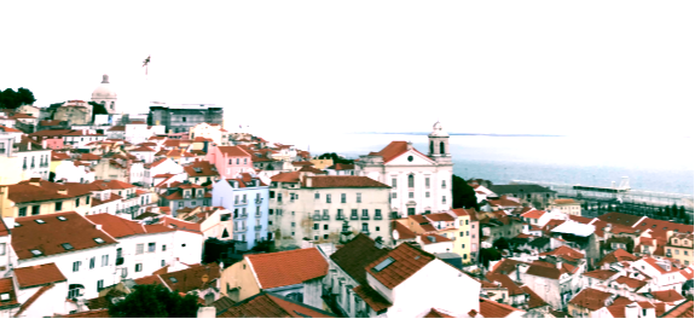
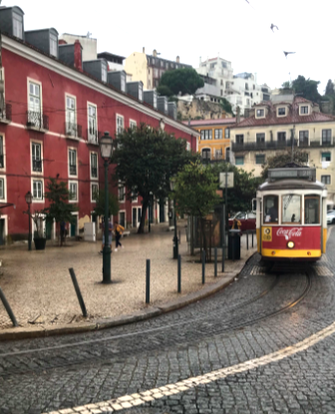
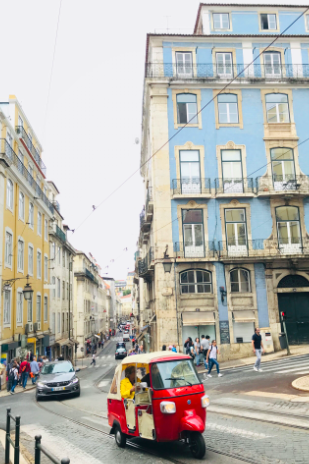
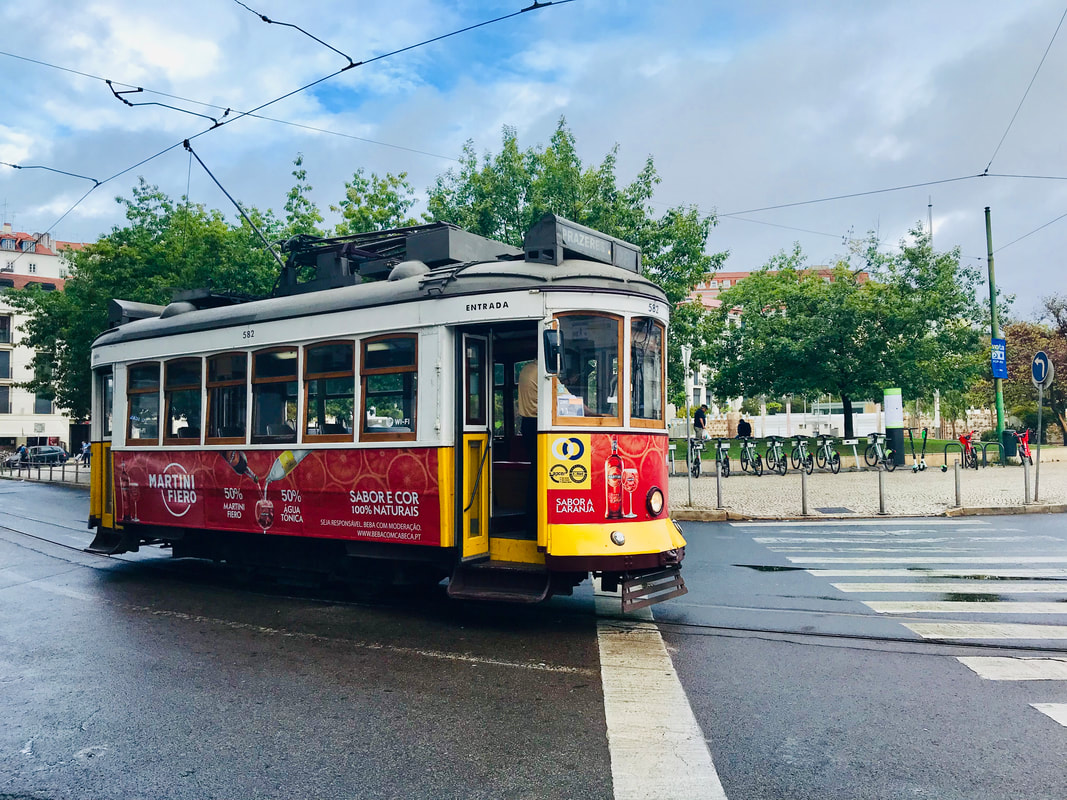
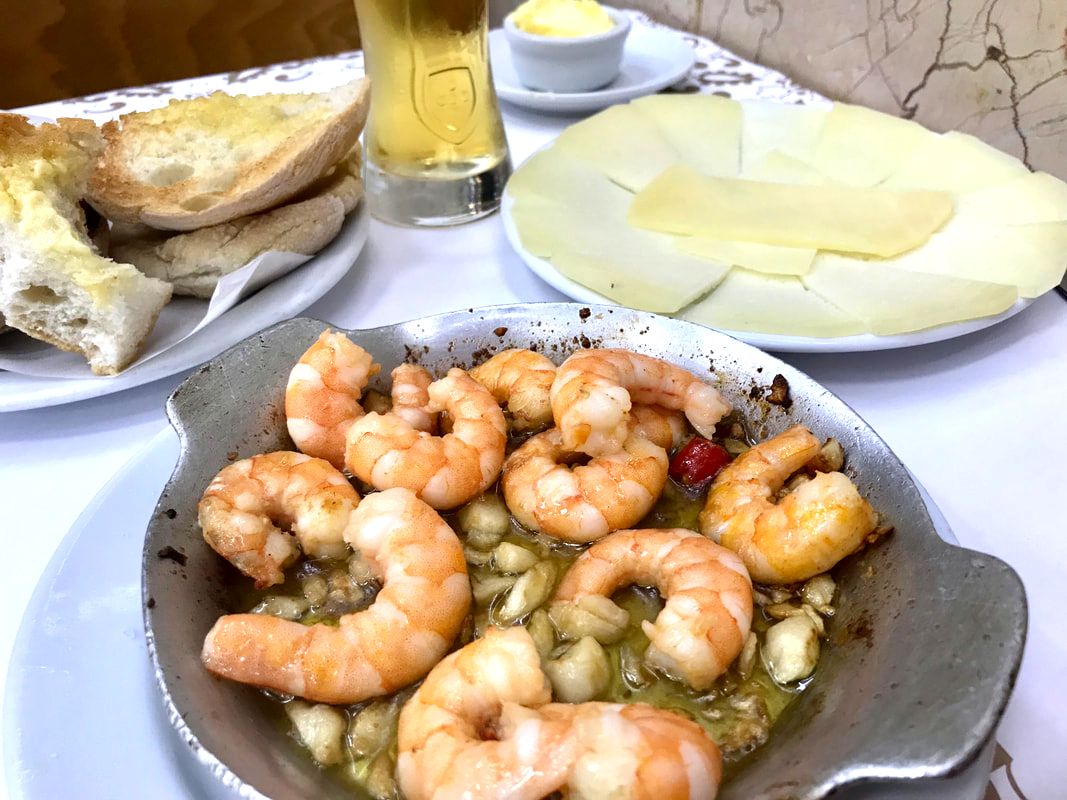
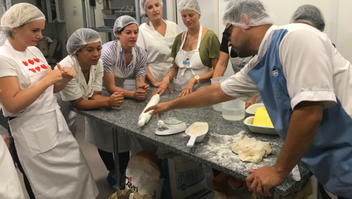
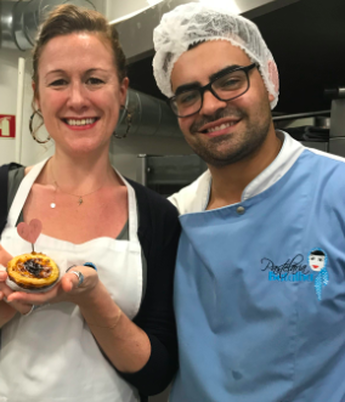
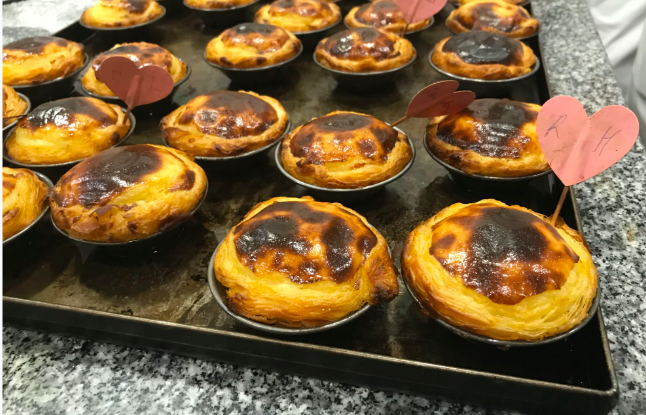
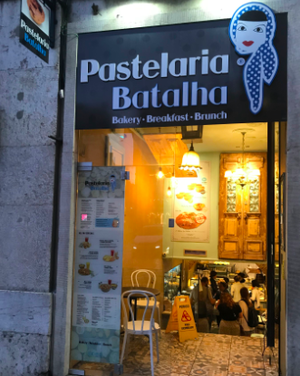
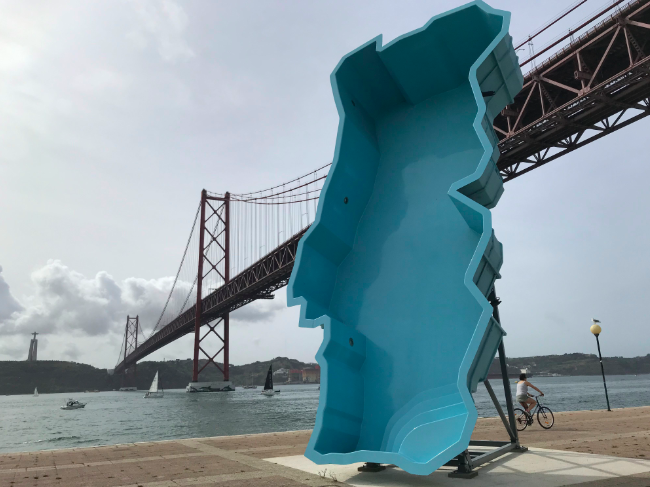
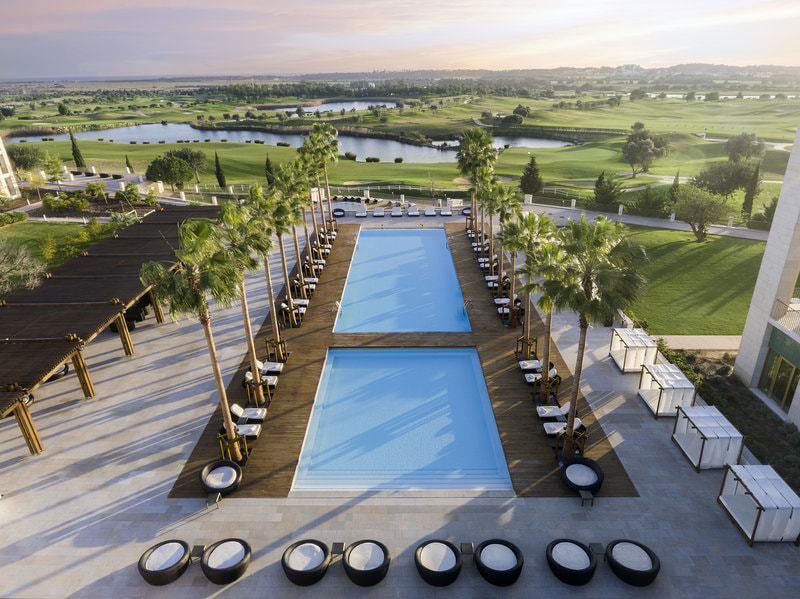
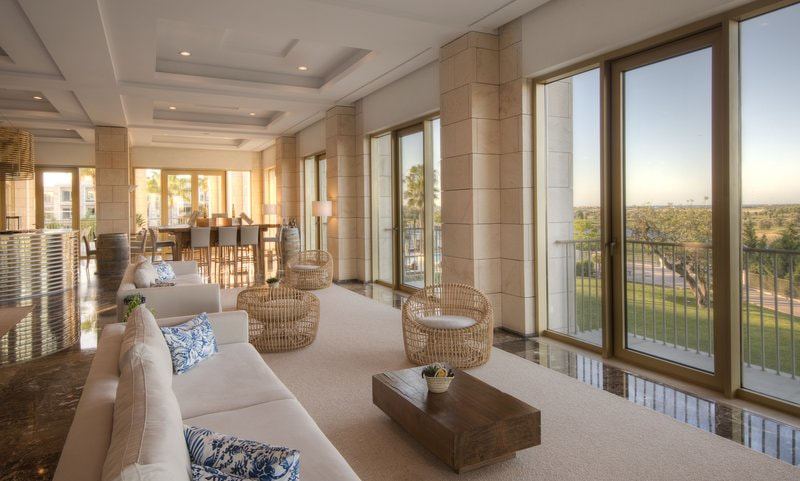
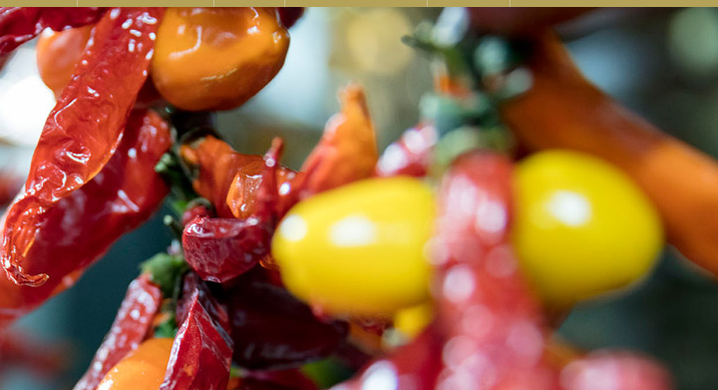
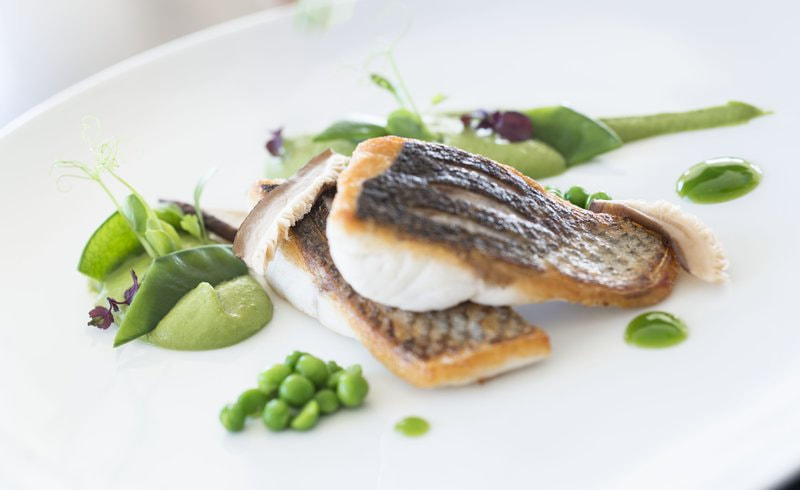
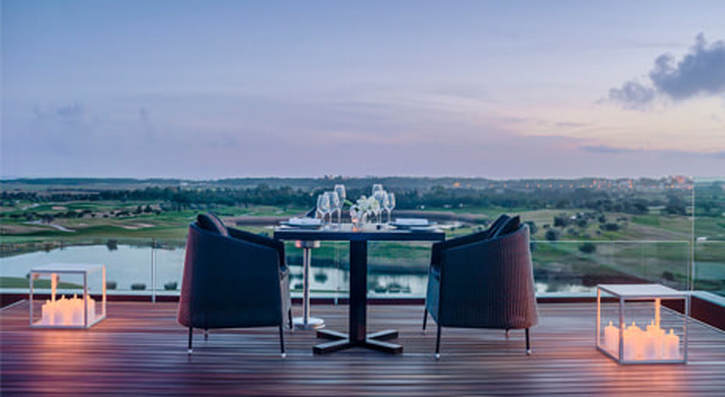
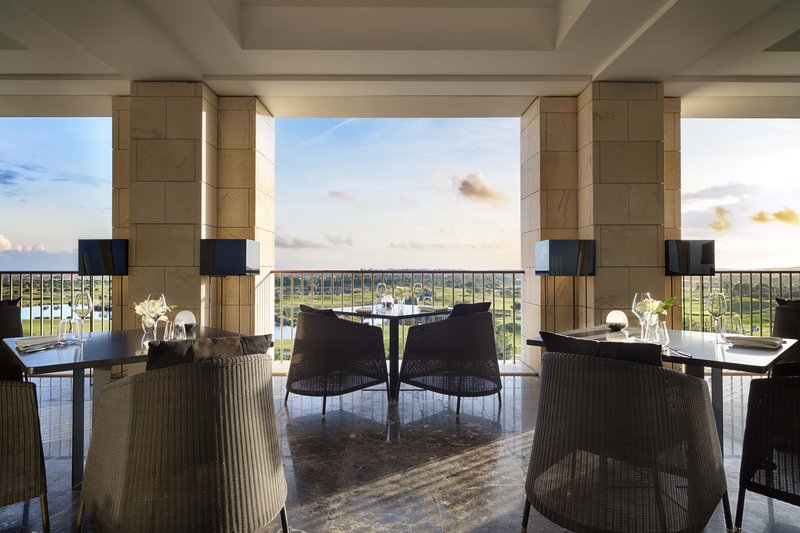
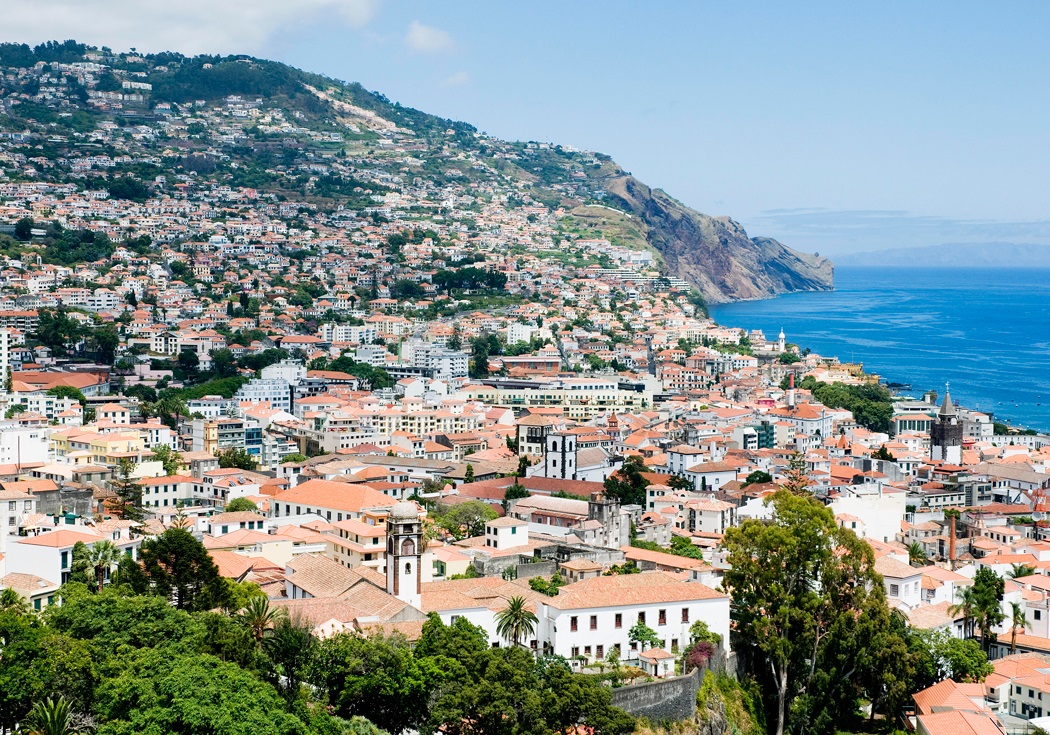
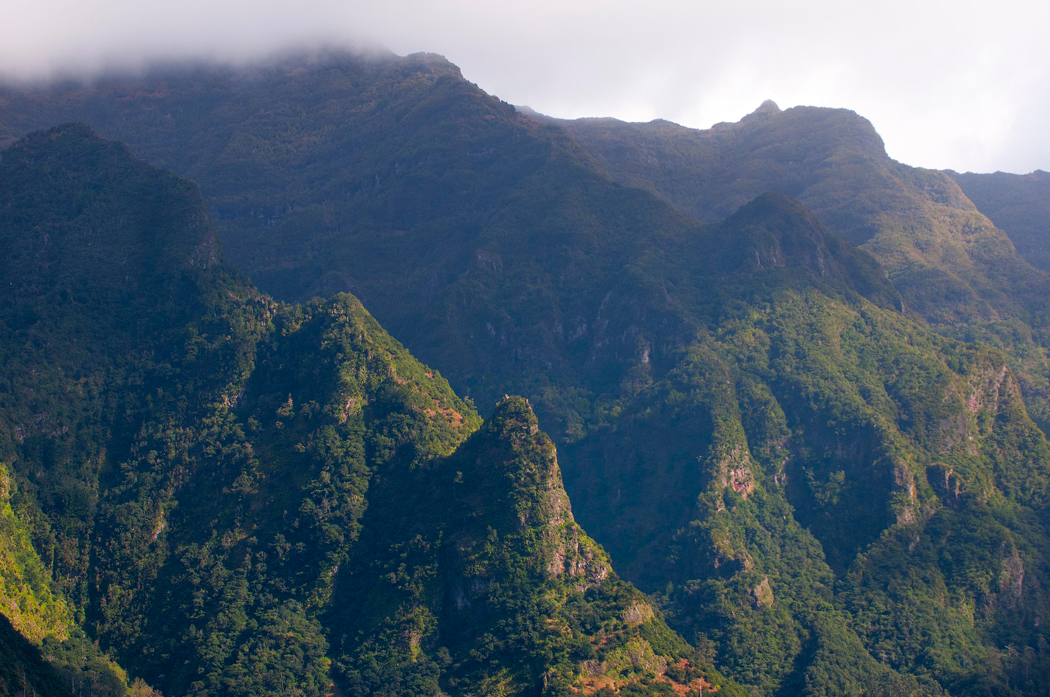
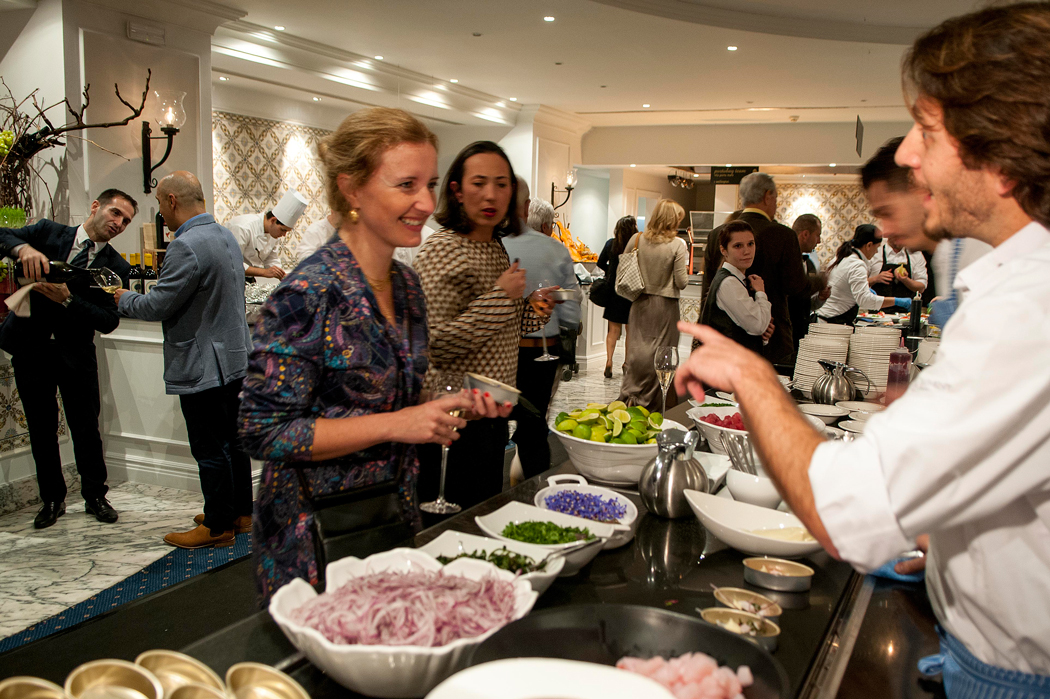
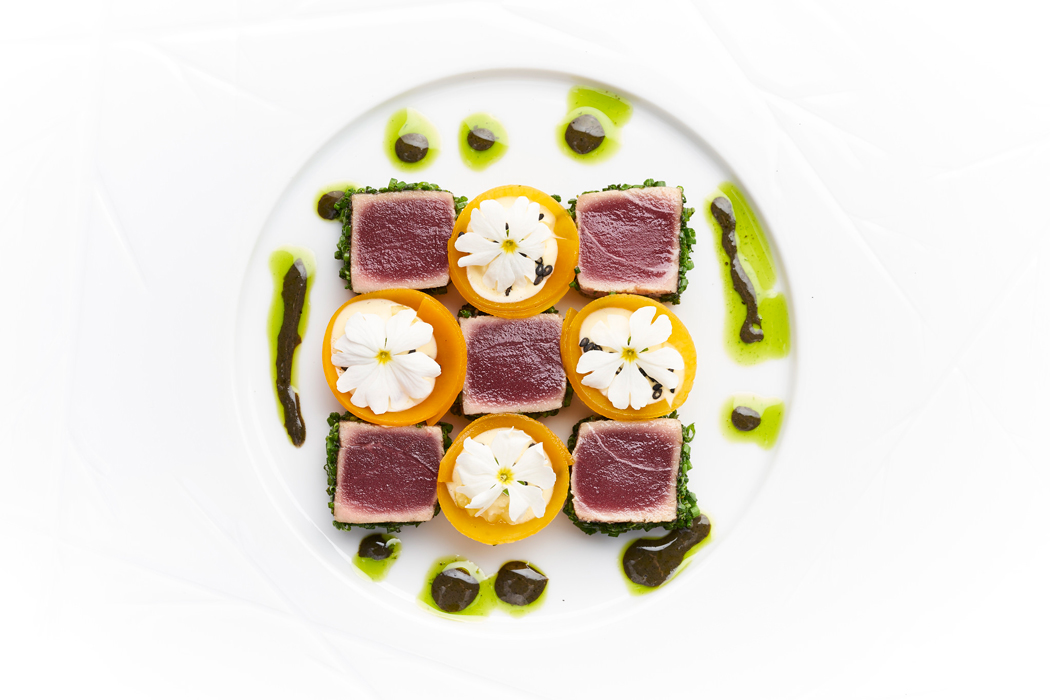
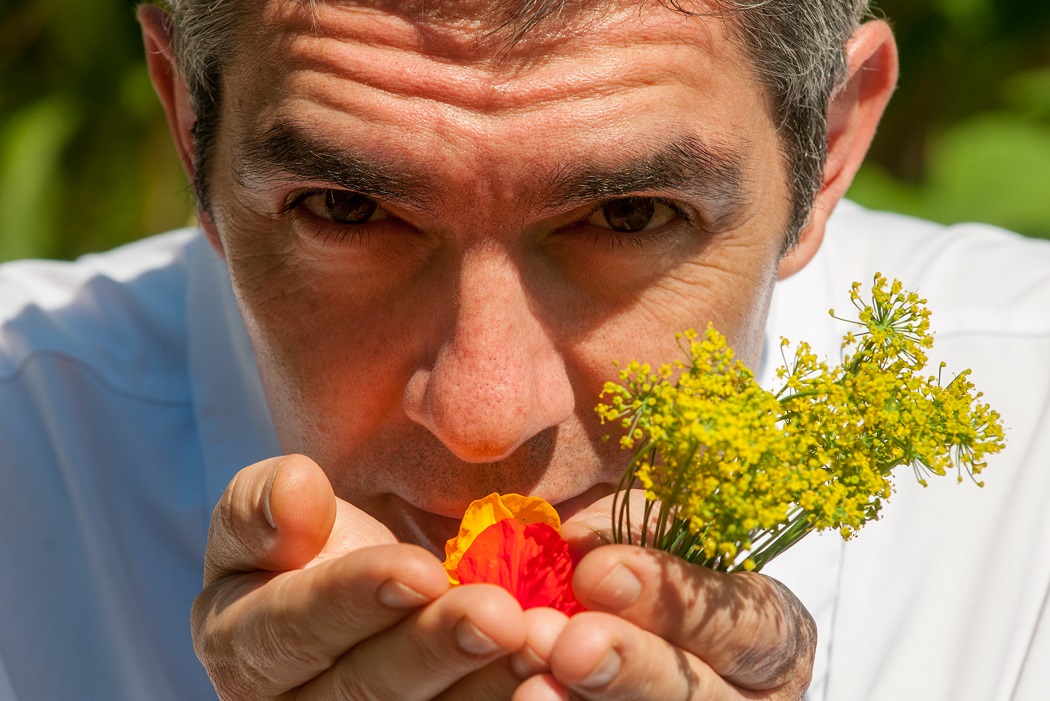
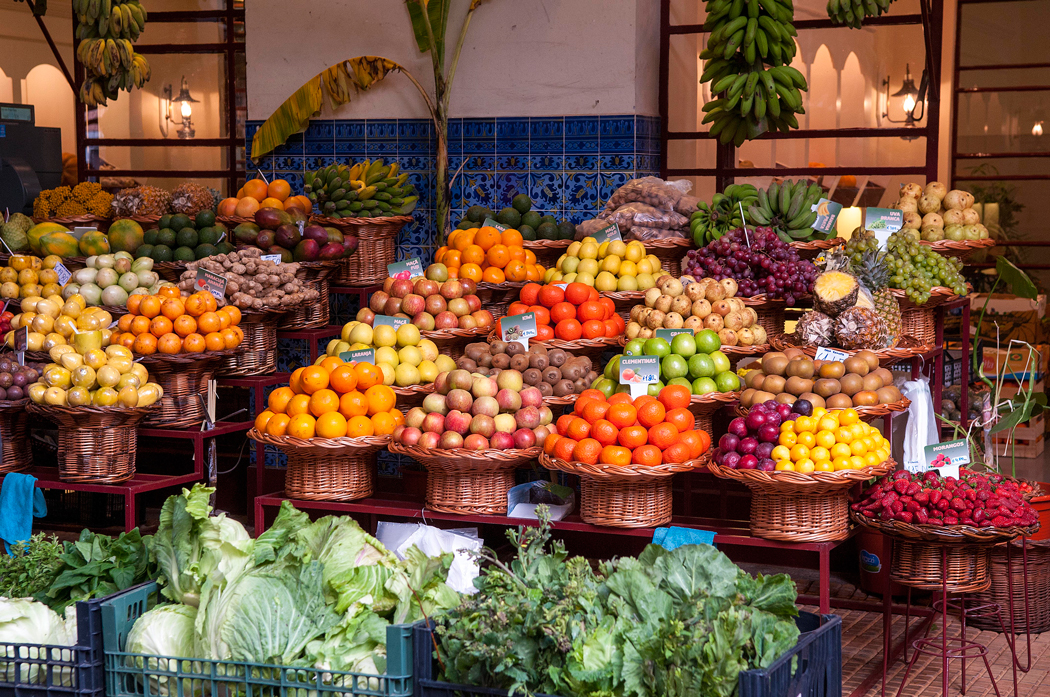
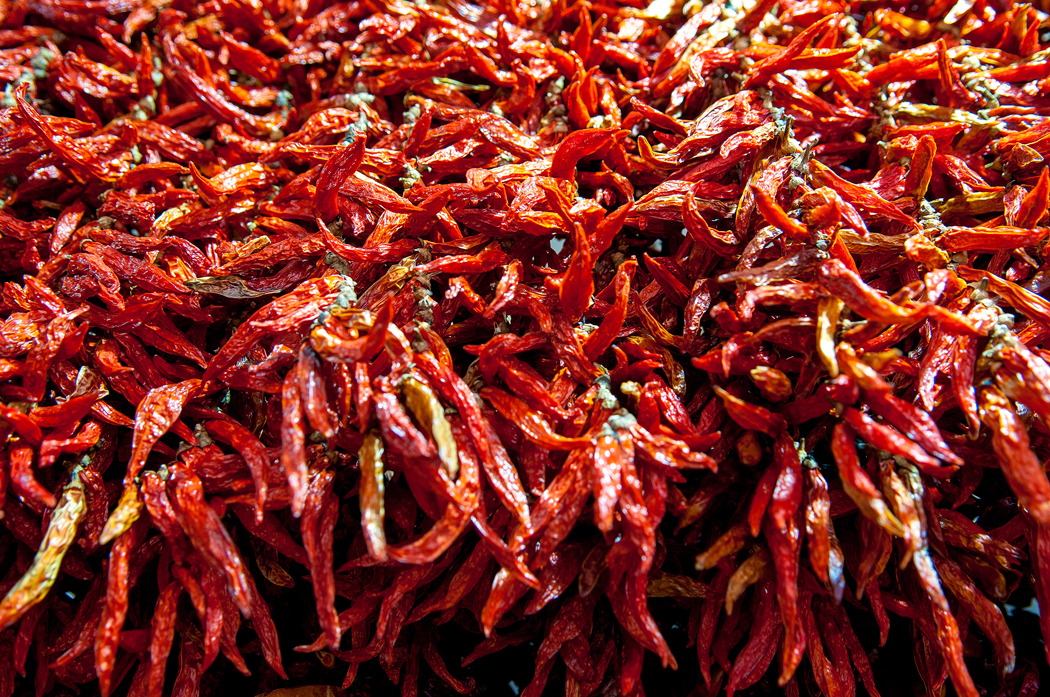
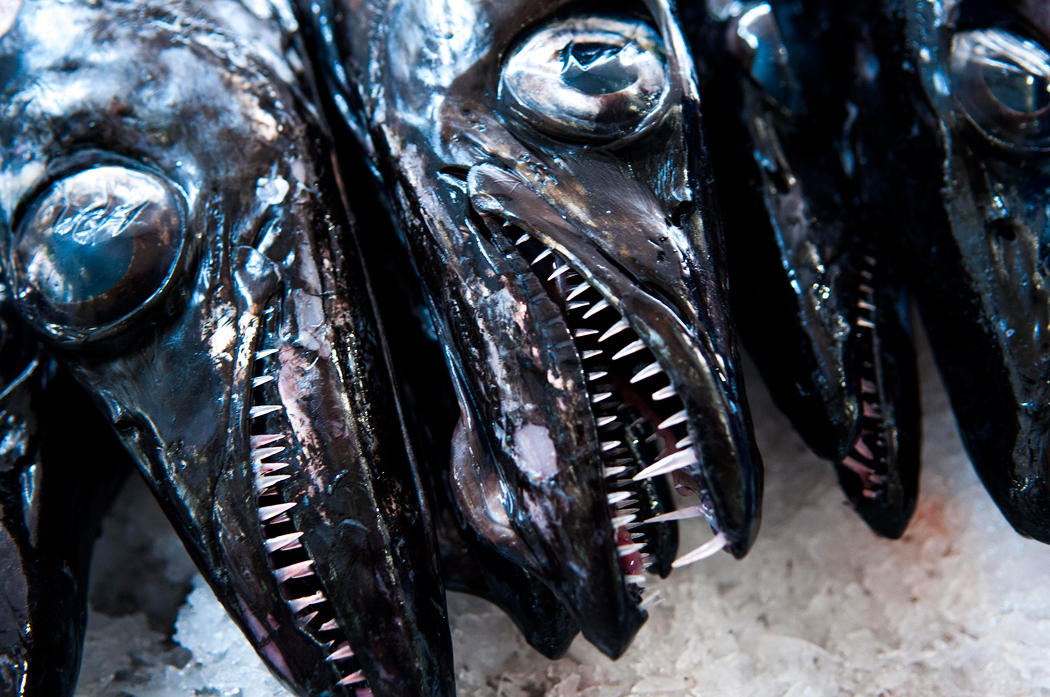
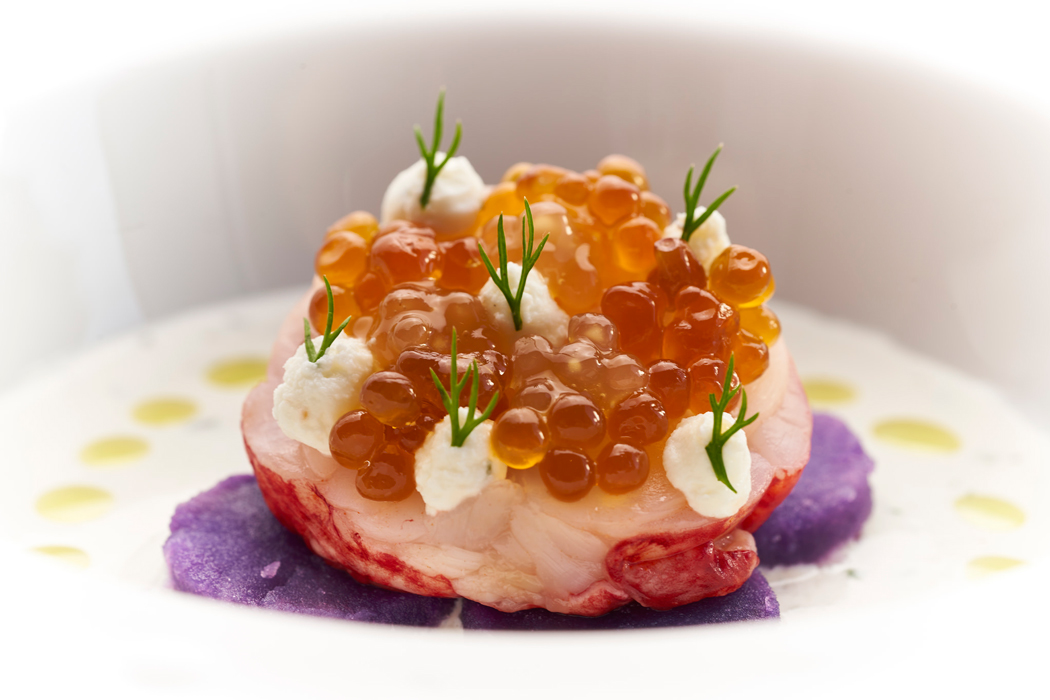
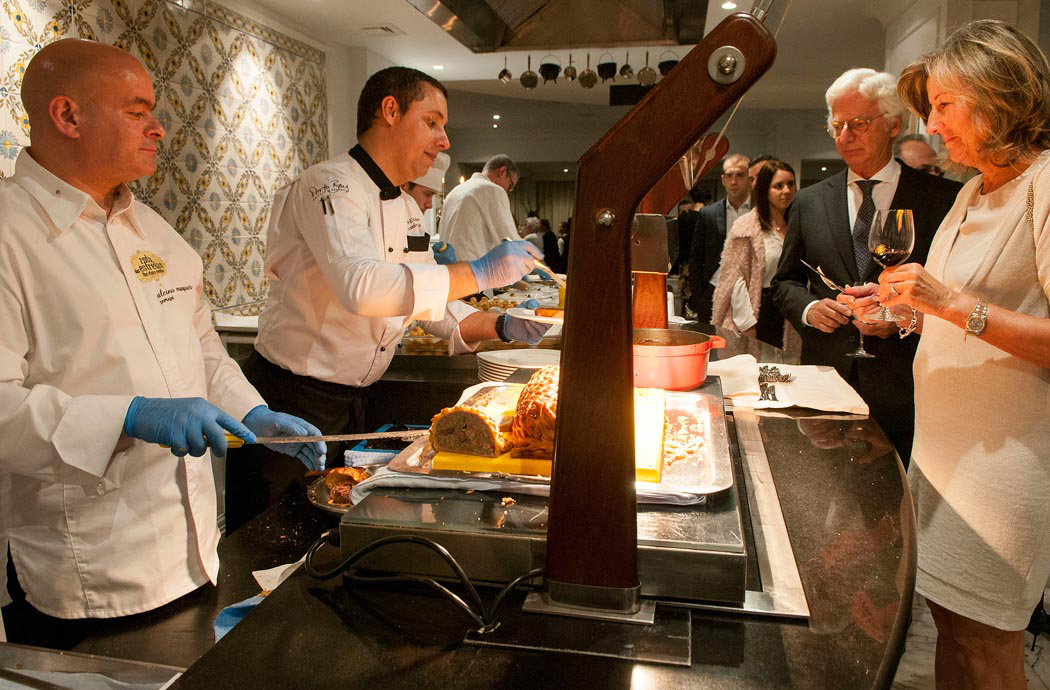
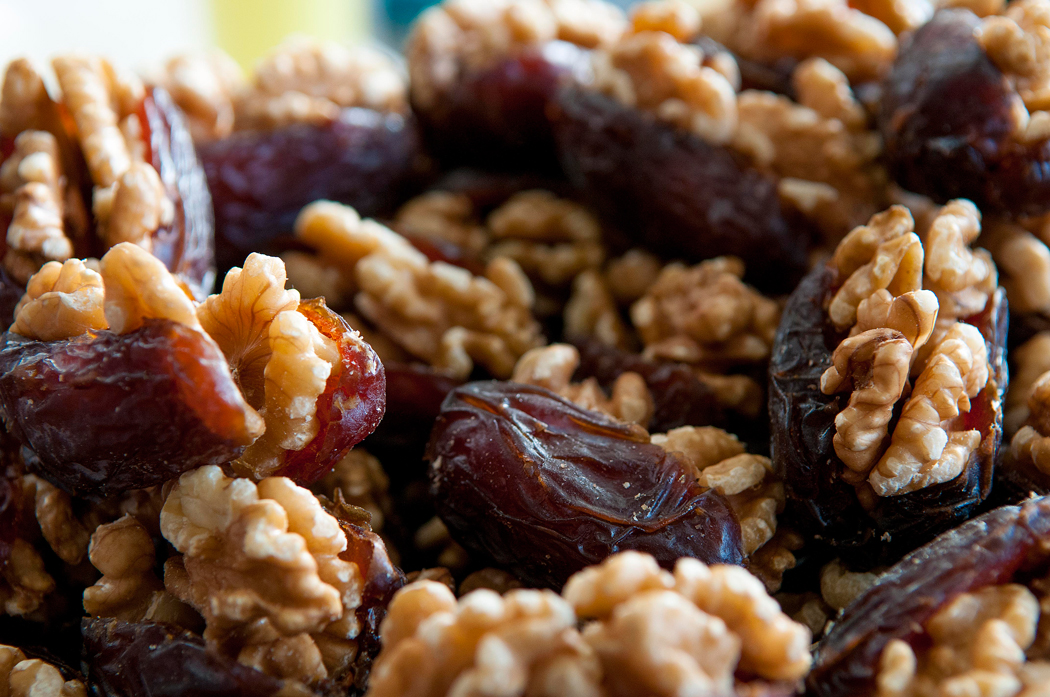
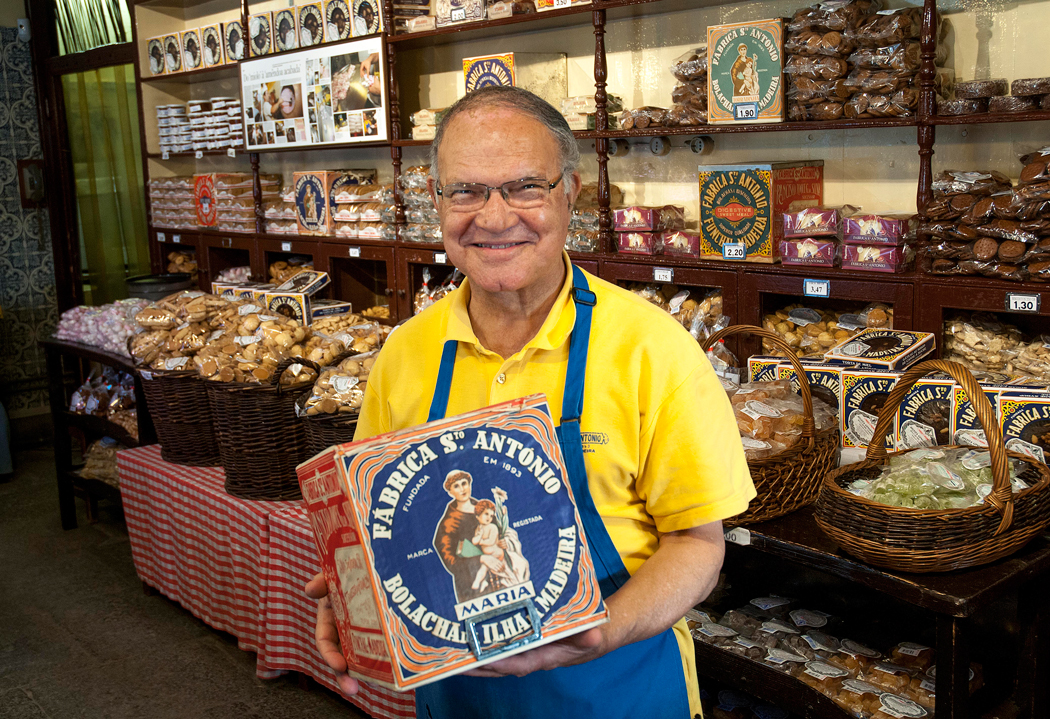

 RSS Feed
RSS Feed